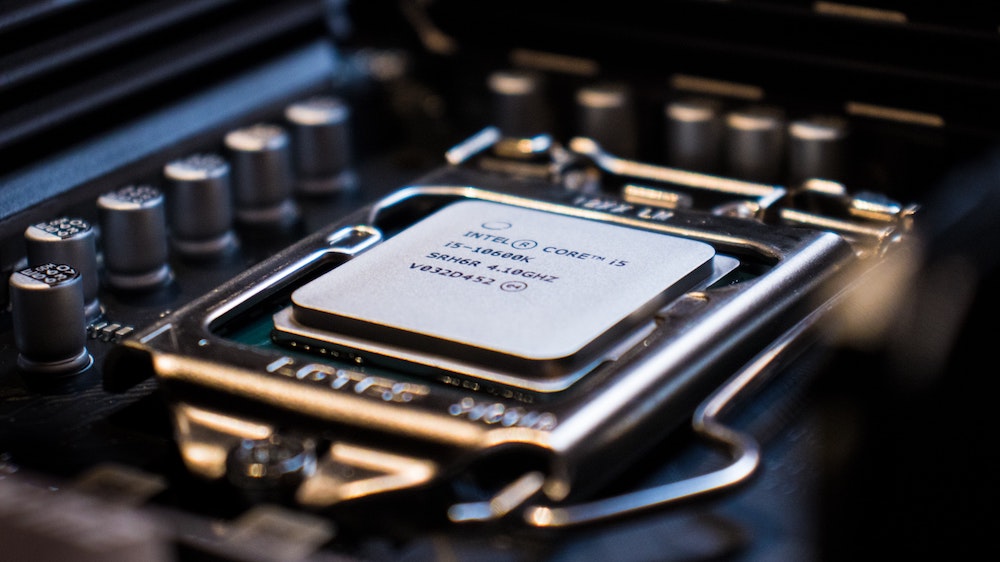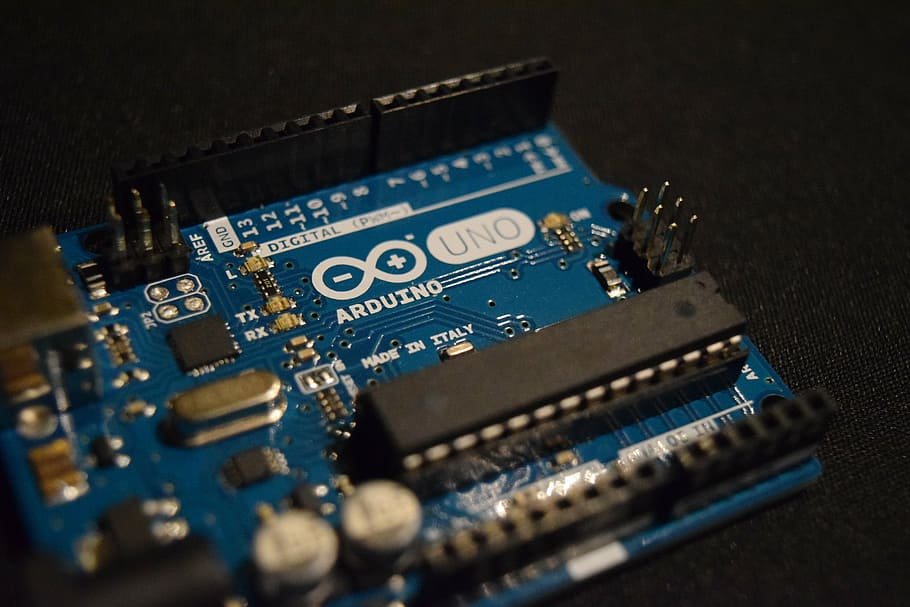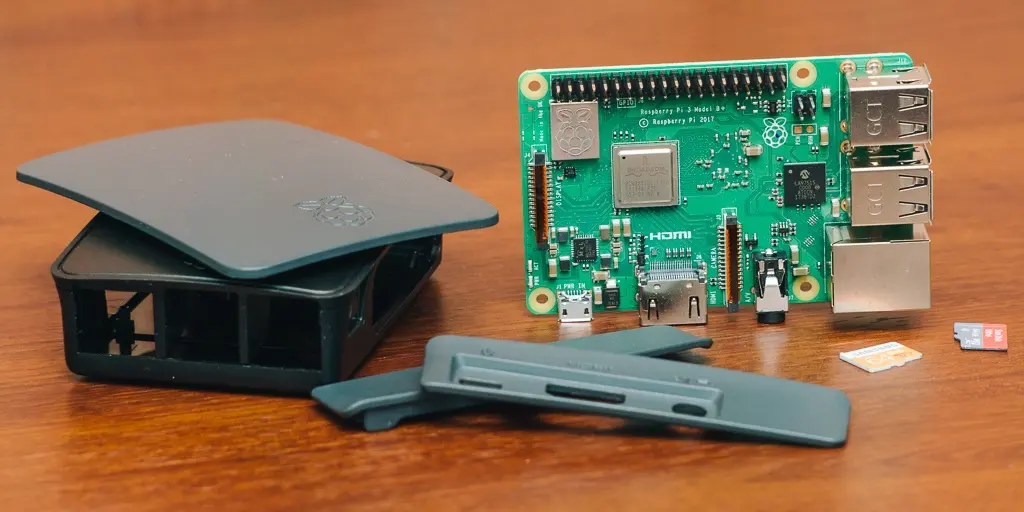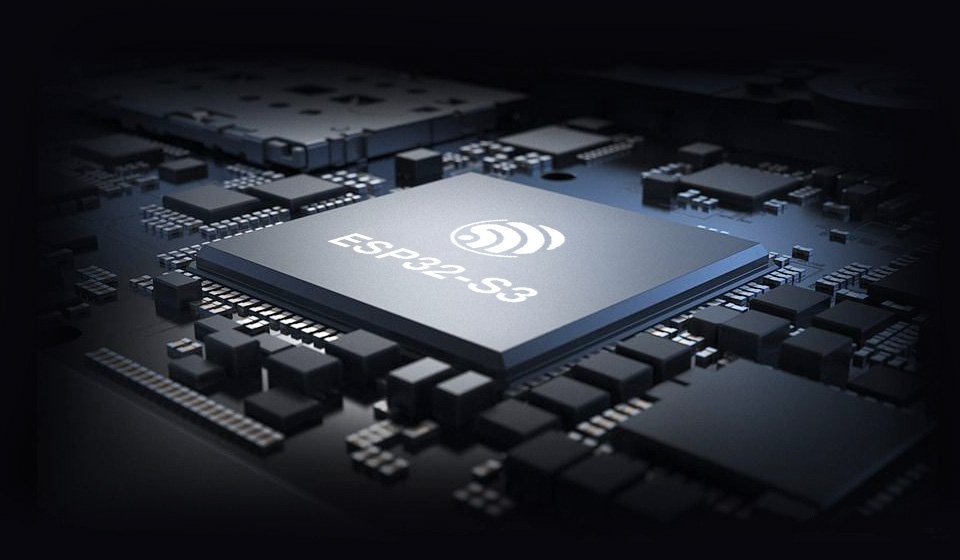Every single computing device has a CPU. You may have heard of this tech term before, but what is it exactly? What is a CPU and how does it work?
What is a CPU and where do you find it in a computer?
CPU is short for Central Processing Unit. It is also known as a processor or microprocessor. It’s one of the most important pieces of hardware in any digital computing system – if not the most important.
Inside a CPU there are thousands of microscopic transistors, which are tiny switches that control the flow of electricity through the integrated circuits.
You’ll find the CPU located on a computer’s motherboard. A computer’s motherboard is the main circuit board inside a computer. Its job is to connect all hardware components together. Often referred to as the brain and heart of all digital systems, a CPU is responsible for doing all the work. It performs every single action a computer does and executes programs.
CPU definition
The Central Processing Unit (CPU) forms the heart of any computer system, controlling the flow of data and instructions to carry out a range of tasks. It is an essential component in any modern computing system.
What does a CPU do?
Basics of Computing
Before we dive into what a CPU does, let’s discuss some basic computing concepts. Computers are made up of several components, including input/output devices (keyboard, mouse, etc.), memory (RAM), storage (hard drive/SSD), and processors.
A processor is like a brain in your computer—it controls all operations within the system by executing commands from programs or applications. The processor carries out these operations by interpreting and executing instructions provided by software.
The Role of a CPU
The CPU is responsible for carrying out these instructions and processing data in order to complete tasks assigned by programs or applications. To do this, it needs to fetch data from memory and decode it before executing any commands it receives from software.
This process occurs very quickly; CPUs can execute millions of instructions per second! Additionally, CPUs are designed with multiple cores so they can process multiple tasks simultaneously.
The main parts of a CPU
Now you know the basic tasks a CPU performs for every operation happening on a computer, what are the parts of the CPU that help get that work done?
Below are some of the important components within it:
-
- CU (short for Control Unit). It regulates the flow of input and output. It’s the part that fetches and retrieves the instructions from main memory and later decodes them.
-
- ALU (short for Artithmetic Logic Unit). The part where all the processing happens. Here is where all mathematic calculations take place, such as addition, subtraction, multiplication, and division, as well as all the logical operations for decision making, such as comparing data.
-
- Registers. An extremely fast memory location. The data and instructions that are currenlty being processed during the fetch-execute cycle are stored there, for quick access by the processor.
How central processing unit works?
A CPU works through two main stages: Fetch-Execute Cycle and Decode-Execute Cycle.
In the Fetch-Execute cycle, the processor fetches an instruction from memory, then decodes and executes that instruction before moving on to the next one until all instructions are complete.
In the Decode-Execute cycle, the processor first decodes an instruction before executing it; this means that each instruction must be decoded once before being executed multiple times if necessary.
CPU speed
The speed at which a CPU operates is measured in hertz (Hz). The higher the hertz value of the processor, the faster it will be able to process instructions. This means that if you have a processor with a higher clock speed than another processor you will be able to perform tasks faster than someone with a lower clock speed processor. Clock speeds can range from 1GHz to 5GHz on modern processors.
CPU cores
In addition to clock speed, CPUs also have cores which are similar to multiple processing units in one chip. Each core can execute multiple instructions simultaneously allowing for more efficient processing of tasks resulting in better performance when compared to single core CPUs.
Modern processors usually have between two and eight cores depending on their intended use case such as gaming or productivity-related tasks such as video editing or 3D rendering.
Types of computer CPUs
There are two main categories of CPUs: x86/x64 and ARM. While both perform the same basic functions, they have some key differences that may make one preferable over another depending on what type of device you are using.
x86/x64 CPUs are designed for desktop computers, laptops, and servers. They are powerful processors that can handle larger workloads with ease. These types of CPUs are also easily upgradable, allowing you to add more power when needed. Examples include Intel’s Core i3, i5, and i7 series as well as AMD’s Ryzen series.
What is CPU performance?
CPU performance refers to how quickly a CPU (Central Processing Unit) can process instructions from its programs. This performance is measured in number of instructions per second (IPS). The higher the IPS, the faster the speed at which tasks can be completed. The number of instructions that a CPU can handle depends on its clock speed (the frequency at which it executes instructions) and other factors such as architecture and cache size.
Why does CPU performance matter?
The performance of your CPU has a direct impact on overall system performance. A high-performance processor allows for faster application launch times, smoother multitasking between programs, and better video gaming experiences.
Additionally, having a powerful processor helps to ensure that your computer can keep up with the latest software updates. As software becomes more advanced, it requires more power from your processor to run properly; if your processor is not powerful enough, it may be unable to keep up with these updates and cause your system to slow down or freeze up.
What are some advanced CPU features?
The best CPU excels in performance, efficiency, and flexibility, allowing it to effectively handle a wide range of computing tasks. We give some advanced features next.
Cores
While a single-core processor was standard in the past, all CPUs have multiple physical cores today. A core is an individual processing unit within a CPU. More cores allow the CPU to handle multiple threads (sequences of instructions) in parallel, significantly improving overall performance. Applications can take advantage of the multi-core design by dividing tasks into smaller subtasks that can be completed simultaneously.
Hyperthreading
Hyper-threading is a simultaneous multithreading implementation developed by Intel that allows each CPU core to run multiple threads simultaneously. It allows each physical core to appear as two virtual cores in the operating system. The software uses available hardware resources more efficiently.
Advanced instruction sets
Modern CPUs also feature advanced instruction sets and technologies designed to accelerate specific tasks. These instruction sets go beyond the fundamental arithmetic and logical operations, providing additional capabilities to handle complex computations more efficiently.
For example, CPUs may include instruction sets specifically for these tasks:
-
- Multimedia tasks, such as video decoding, audio encoding, and image processing.
-
- Encryption and decryption algorithms, like Advanced Encryption Standard (AES) and Secure Hash Algorithm (SHA).
-
- Single instruction, multiple data (SIMD) tasks that require the CPU to simultaneously perform the same operation on large datasets. These are tasks like graphics rendering, scientific simulations, and digital signal processing.
-
- Virtualization, allowing virtual machines (VMs) to run more efficiently.
-
- AI workloads like neural network operations.





